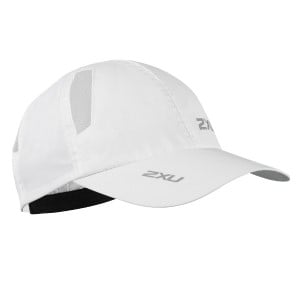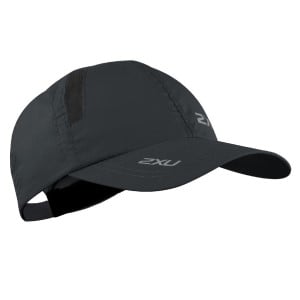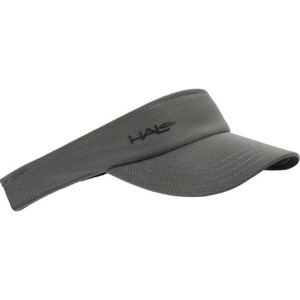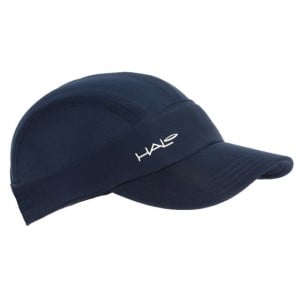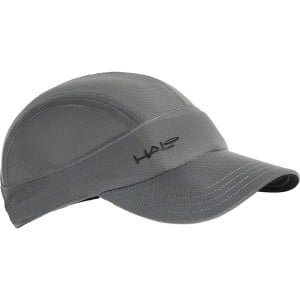Don't Hit The Sand Unprepared
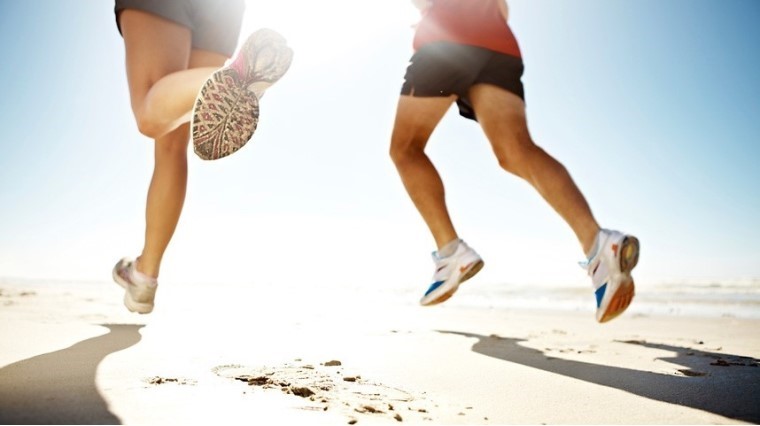
With the weather heating up, there are plenty of reasons to swap the pavement with some sand action. Apart from offering plenty of added inspiration in the form of bikinis and beach waves, running on sand will also ensure you burn more calories. And we’re not talking a few calories here or there, we’re talking 30% more calories melted away than if you were going for a run on a harder surface. But before you get too excited and drive to your local beach, here are a few hot tips to follow.
Wet Sand First
Running on softer sand will provide more resistance and those calves you desire, however going straight from a hard surface to soft sand will leave you with all sorts of aches and pains and may even lead to injury. Ease your way into a new routine and surface by running on wet sand first for a week. Gradually introduce intervals, moving between the two surfaces before you feel the full burn of running on soft sand.
Foot Safety
While running barefoot along the beach may be tempting, you may need to consider the risks involved before you ditch your runners. Opting to run barefoot on uneven surfaces will increase the risk of sprains, muscle strains, and tendonitis drastically. You will also need to consider hidden nasties and debris that could potentially turn your relaxing run into a painful one. If cleaning your shoes is a concern, avoid the risk of running barefoot and invest in a separate pair of runners for the beach.
Easy Does It
Just like running on a treadmill doesn’t automatically mean that you will have the same endurance on a hard surface, the same goes for running on sand. Don’t attempt to run at your usual pace straight away. Slow down your pace and work your way up over several weeks to avoid aches, pains, and strains.
Be Sun Smart
We have all heard the term being ‘sun smart’ and while we should be implementing precautions during all our outdoor activities, beach running requires some extra attention. Running on the beach means no shade or trees to offer protection. Avoid nasty burns and long-term skin damage by using sunscreen, a hat and sunglasses.
Dip Your Feet
Don’t forget to dip your feet in the water when you finish! The sea salt will help relax those achy muscles and will help speed up your recovery.

